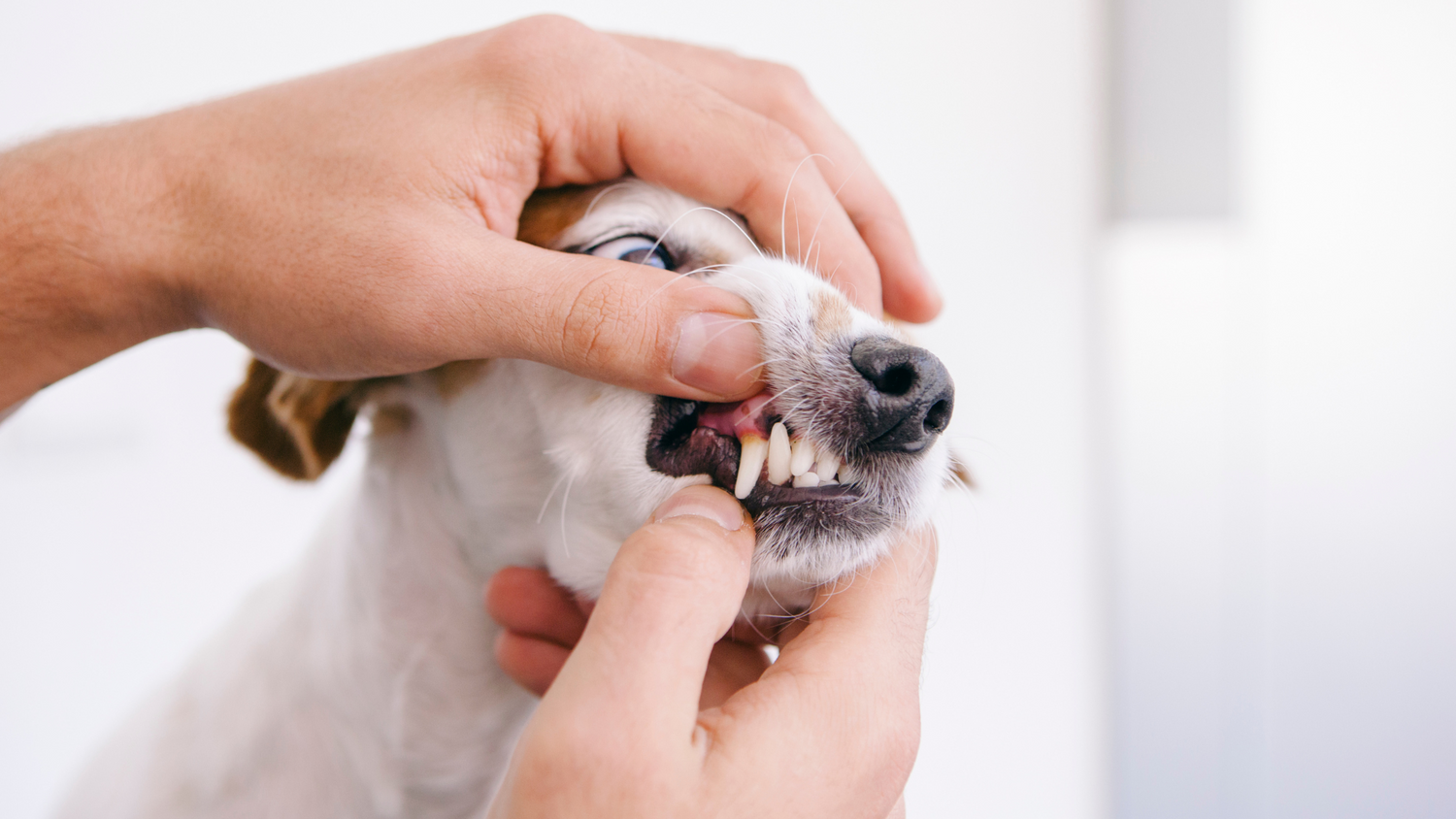As the season changes, so does your dog’s skin. Just like their owners, cooler weather and drier air when transitioning from summer to autumn, can bring on allergy symptoms for dogs.
When your paw-fect pal begins to show signs of allergies, as a pet owner, you may be unsure of what to do. How can you ensure that your dog isn’t suffering from anything more serious like canine influenza or an infection? What can I do to relieve the symptoms? When is it time to contact your vet?
In this guide, we’ll answer these questions.
So What Are The Symptoms?
It’s so important for pet owners to be able to recognise their dog’s allergy symptoms, as well as identify the differences between an allergic reaction and other conditions. The main way you can tell allergies from dog influenza or a ‘common cold’ is the itch factor.
Dogs that are experiencing allergic reactions often experience itching and irritation, which leads to redness, inflammation and sensitivity. Dogs will typically attempt to relieve this itch by scratching, licking, or chewing the irritated area. The most common areas of the skin that are affected by allergies are the face, ears, feet, belly and armpit area. If your dog is solely itching at their ears, be sure to check for an ear infection as well.
While the main tell of an allergic reaction is the itching, dog owners should also be on the lookout for:
- Sneezing
- Runny nose
- Poor coat condition
Less common but other possible symptoms including coughing and snoring.
What Causes Allergies?
The allergies can be brought on by a number of factors, including:- Exposure to cooler weather
- Lowered humidity indoors
- Grass
- Mold spores
- House dust mites
… and other environmental allergens.
So What Do You Do Next?
The first thing you need to do when you notice these symptoms is to visit your local vet to determine that it is in fact allergies and not something more serious. Seasonal allergies in dogs can be treated naturally, and relieving your furry pal from these symptoms will allow them to have a happier and healthier life.
What If My Dog Is Always Itching?
If your dog is continually itching without relief, it may be a case of atopic dermatitis (eczema). This is a common inflammatory, chronic skin disease associated with allergies. It typically affects pups aged 6 months to 3 years and is the second most common allergic skin disease in dogs, after flea allergy dermatitis.
To relieve the skin and reduce inflammation, you can apply Pet Drs Derma Cream to itchy and irritated skin. The formulation is developed with your pets’ sensitive skin in mind and has powerful ingredients that are pH balanced so it’s totally lickable!
How Can I Treat My Dog’s Seasonal Allergies Naturally?
Fatty Acids
Fatty acids are an important component of healthy skin as it works to rebuild the skin barrier that is often broken with constant scratching and secondary skin infections.
Humans easily consume Omega 3,6 and 9 to maintain healthy skin but pets may be lacking in these essential fatty acids in their diet. Pet Drs Mega Oil offers your pet the essential fatty acids they deserve! You can add this oil directly to their foods.
Frequent Bathtime
Dogs are always sniffing around and exploring every part of the ground, and therefore constantly picking up outdoor allergens in the process. During the transitioning seasons, there will be many environmental changes, making it important to bathe your dog frequently and groom them often.
Avoid Triggers
Your furry friend may be experiencing flare ups after going for walks. This may be due to certain triggers such as pollen or grass. Therefore, an allergy test with your vet is highly recommended so that you know what to avoid. Another trigger may be a specific protein in your dog’s food.
Protect Your Dog From Fleas and Ticks
Even a single flea on a dog that has flea allergy dermatitis can be the cause for your dog chewing out patches of fur. It is a very common reaction to fleas and therefore a common issue veterinarians see, particularly during transitioning seasons and cooler months.





